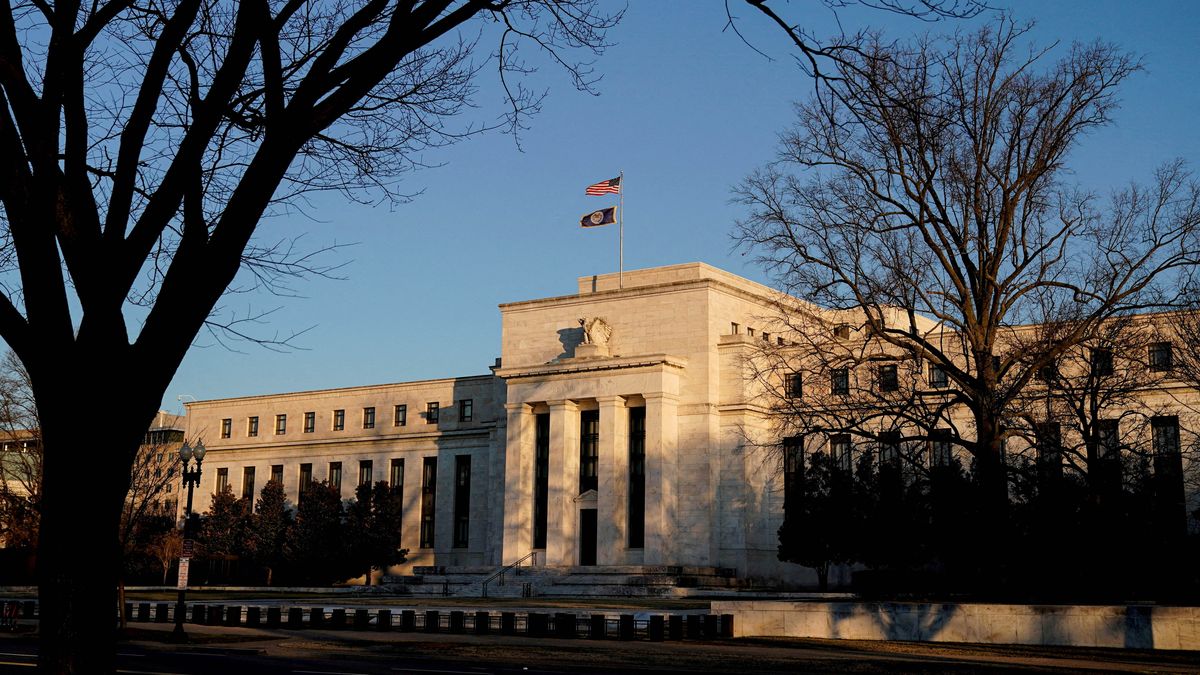Rather, it’s that focusing on a central projection, such as three interest rate cuts in 2024, in an economy still experiencing post-pandemic tremors, doesn’t communicate much about the plausible range of outcomes.. The outlook on rates presented last month now looks dated in the face of a new wave of inflation.
Another increasingly popular method is scenario analysis, which involves emphasizing a series of credible risks faced by the baseline and how central banks can respond. This method is particularly useful in times of high economic uncertainty. Andrew Levin, a professor at Dartmouth College and former senior adviser to former Fed Chairman Bernanke, said: “The Fed urgently needs to incorporate scenario analysis into its public communication.” He described it as a “stress test for monetary policy.”“.
Scenario analysis
Bernanke also recently expressed a similar opinion. In a report published this month for the Bank of England, he suggested that the Bank of England should use more scenario analysis. It is reported that since last year, the Swedish central bank has been regularly using scenario analysis, believing that this approach is “very important for policy communicationBernanke stated that the Bank of England should publish other possible scenarios alongside its main forecasts, which “helps the public better understand the reasons for political choices.”
In March, the Federal Reserve significantly raised its economic growth expectations for 2024 by 0.7 percentage points, while expecting three rate cuts this year. However, higher-than-expected inflation data quickly made these expectations obsolete, at least in financial markets. Investors have lowered their expectations about the number of rate cuts by the Federal Reserve this year. The options market expects the probability of the Federal Reserve cutting rates once or less to be around 50%.
The Federal Reserve’s preferred measure of inflation picked up in the first quarter.
The Federal Reserve’s economic forecasts compile the views of 19 policymakers on economic growth, unemployment, inflation, and the path of potential interest rates. By design and intent, the Federal Reserve focuses investors’ and analysts’ attention on median rate expectations. However, in this highly unpredictable economic time, a comprehensive perspective becomes even more important.
Ira Jersey, chief interest rate strategist at Bloomberg Intelligence, said any change in these outlooks would bring more volatility if policymakers don’t know how they might adjust the rate path in an “overheated” economic scenario, and understand how the Fed is hindering this potential outcome can provide valuable information.
jerome-powell-federal-reserve.jpg
The Fed’s March benchmark showed that of 19 policymakers, 9 expect to cut rates twice or less this year. With the latest inflation data released, this view suddenly became more credible. Fed Chair Powell has always emphasized that the Fed’s final decision on rates will depend on the data, but this year he has trended toward rate cuts.
Fed economists forecast scenarios for policymakers, but this data is model-driven and does not reflect the expected reactions that the Federal Open Market Committee can reach a consensus on, and from a communications perspective, it is irrelevant, as They are not disclosed until five years later.
Fed policymakers can begin to convey the risks of alternative paths in several ways. The Federal Reserve Bank of New York has already asked Wall Street traders calculating the probability of different policy rate outcomes at the end of the year. If Fed policymakers also do this, investors may believe that the probability of no rate cuts in 2024 is greater than zero.
Source: Ambito
I am a 24-year-old writer and journalist who has been working in the news industry for the past two years. I write primarily about market news, so if you’re looking for insights into what’s going on in the stock market or economic indicators, you’ve come to the right place. I also dabble in writing articles on lifestyle trends and pop culture news.




